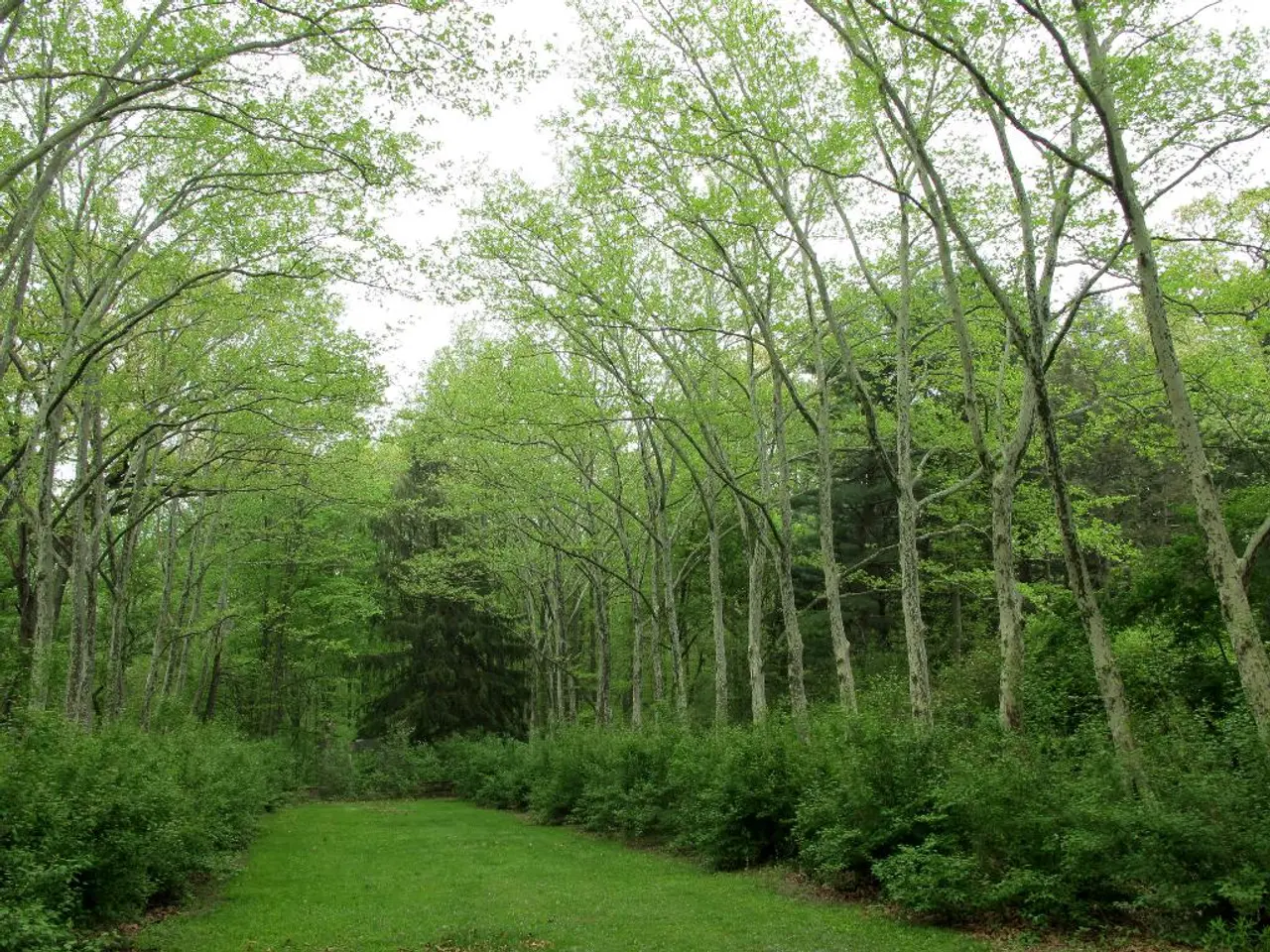Biodiversity net gain: Successes and challenges faced during its implementation
Challenges:
The implementation of Biodiversity Net Gain (BNG) in development projects has faced several challenges. Over 75% of non-householder development applications are exempt from delivering BNG, severely limiting its impact. Minor developments, which contribute significantly to habitat loss, are often excluded or weakly regulated.
Only about 53% of promised biodiversity enhancements are actually delivered, due to evaluation, planning, and capacity gaps. Recent government proposals risk diluting BNG ambition, potentially causing species losses and undermining confidence among stakeholders. Weakening requirements also reduce private sector confidence, disincentivizing landowners and habitat banks from participating in biodiversity markets. Administration and monitoring of BNG require capacity and funding, which local planning authorities often lack.
Solutions:
To address these challenges, stronger regulation is needed, including maintaining and enforcing a minimum 10% BNG requirement on all developments, including minor ones. Improved monitoring and evaluation are also crucial, closing gaps in biodiversity unit calculations, reporting, and on-the-ground verification to confirm that promised enhancements translate into real biodiversity improvements.
Supporting and expanding off-site biodiversity credit markets (habitat banks) provides flexible, scalable options for developers to meet BNG targets, stimulating new revenue streams for land managers and farmers. Allocating resources to local planning authorities to better administer and monitor BNG obligations will improve compliance and project outcomes.
Innovative digital platforms and tech start-ups are facilitating more efficient biodiversity credit trading and monitoring, reducing costs and improving transparency. Extending BNG requirements to large infrastructure developments (from May 2026) taps into their potential to deliver substantial biodiversity benefits.
Current Practices:
Developers are carefully examining their application boundaries in relation to the 'red line' (application boundary) and the 'blue line' (their landholding which is not part of the development application) to ensure accurate BNG assessments. Clear management plans should be created to ensure the landscape management is adaptable to evolving aspects of increased development in proximity, environmental changes in climate and disease for a 30-year period.
The minimum 10% BNG must be achieved separately for area habitats, hedgerows, and watercourses if they occur within the planning boundary. BNG management requires a 30-year commitment. The 'grey belt' - poor quality or brownfield sites within the greenbelt - provide an opportunity for development without a considerable cost in BNG.
Recent Developments:
Biodiversity net gain (BNG) became mandatory for major developments on February 12th and for small sites on April 2nd. In some Local Planning Authorities (LPAs), there are currently no registered sites for BNG, leaving options such as onsite, in proximity subject to legal agreement, starting negotiations with landowners, or the Environment Bank option. An urgent submission for a small site prior to the 2nd April deadline was made to avoid the site becoming unviable due to BNG requirements.
The increased flexibility regarding Green Belt release could help implement BNG as it can unlock land for development near green space. BNG must be considered at all stages of the planning process, including validation, assessment, discharge of conditions, and reporting. The appropriate design of BNG and preparing designs that are maintainable in perpetuity is essential for achieving a 10% biodiversity uplift.
Several councils are developing habitat banks and finalizing Habitat Management and Monitoring Plans and S106s. The success of BNG is measured by the roll-out of well-designed sites that achieve a 10% biodiversity uplift without losing developable land.
In related news, the impact of Covid 19 on the long-term provision of healthcare real estate is being discussed. The Northern Air Quality Conference 2025 is an upcoming event.
The principle of BNG is welcomed by those striving to create popular and environmentally responsible developments. The planning and development industry believes that when the issues related to BNG are ironed out, the standard of new development (and the impact on the surrounding area) will improve exponentially.
- To enhance the effectiveness of Biodiversity Net Gain (BNG) in health-and-wellness-focused developments, integrating environmental-science principles into project planning is crucial, ensuring the long-term balance of biodiversity and human well-being.
- As policy proposals evolve to prioritize health-and-wellness alongside environmental concerns, the inclusion of BNG policies in environmental-science curricula could inspire a new generation of professionals committed to both human and nature's thriving.




